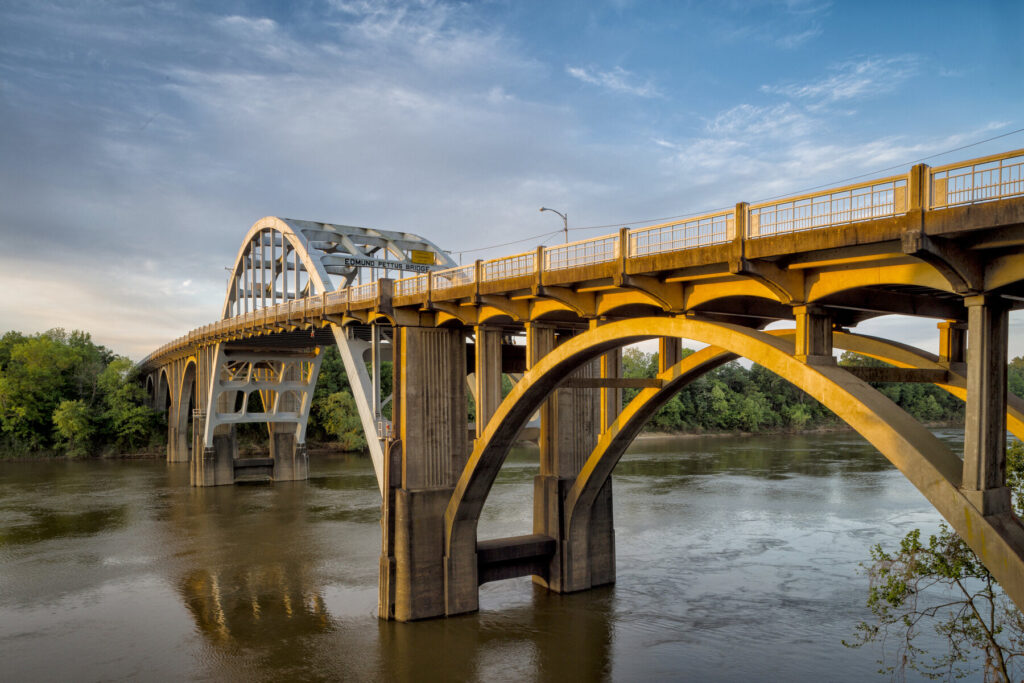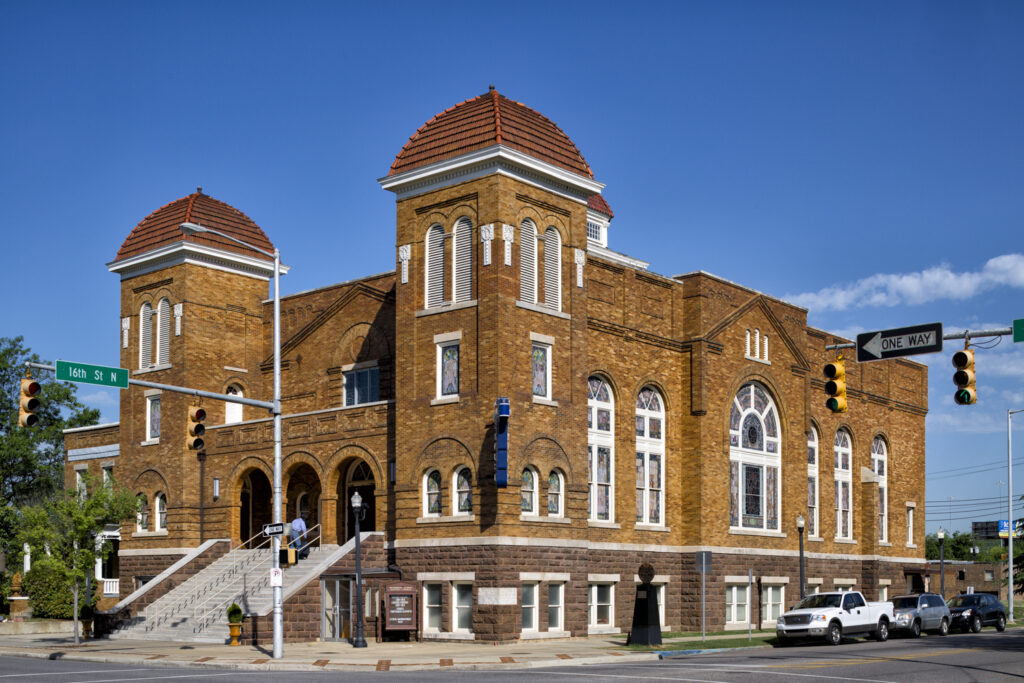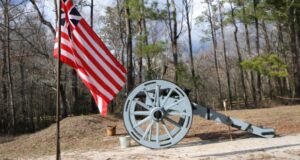
Visitors can literally walk in the footsteps of Martin Luther King Jr., Rosa Parks, Medgar Evers, John Lewis and other African-American activists thanks to the U.S. Civil Rights Trail that launched in 2018.
Southern tourism departments worked together to link the country’s most important civil rights sites —more than 130 landmarks, including museums, churches, courthouses, bus stations and memorials that were pivotal to the advancement of social equality during the volatile 1950s and ‘60s. Alabama has 33 sites, more than any other state.
Notable sites such as the Edmund Pettus Bridge in Selma, Alabama, Little Rock Central High School in Arkansas, the Greensboro, North Carolina, Woolworth’s, where sit-ins began, the National Civil Rights Museum at the Lorraine Motel in Memphis, Tennessee, King’s birthplace in Atlanta and King’s church in Montgomery, Alabama, are anchors.
Three years ago when National Park Service Director Jonathon Jarvis challenged historians to inventory surviving civil rights landmarks, Georgia State University found 60, which became the foundation of the trail, said Alabama Tourism Director Lee Sentell. The 12 state tourism agencies known collectively as TravelSouth USA supplemented the list with other worthy sites, he said.
“We feel that the trail will encourage Americans and international visitors to better understand this history,” said TravelSouth President Liz Bittner. Several international tour companies have added civil rights destinations to their travel plans, she added.
The website, www.civilrightstrail.com, profiles the landmarks and offers an interactive map, interviews with movement pioneers, past and present photographs and 360-degree video as special features.
The trail stretches from schools in Topeka, Kansas, known for the Brown v. Board of Education desegregation court decision in 1954, to the Lincoln Memorial in Washington, D.C., where thousands rallied for equal opportunity in 1963. Because of the impact of the movement on other parts of the globe, the marketing phrase is “What happened here changed the world.”

The Sumner, Mississippi, courthouse, where two white men charged with murdering 14-year-old Emmett Till walked free in 1955, has been restored, as is the home where voting rights activist Medgar Evers was assassinated in 1963 in Jackson, Mississippi, hours after President John Kennedy proposed major civil rights legislation. The 16th Street Baptist Church in Birmingham, Alabama, where four girls died in a Sunday morning bombing in 1963 after federal courts ordered local schools integrated, remains an active church. The Neshoba County Courthouse in Philadelphia, Mississippi, where conspirators were tried for the deaths of three voting rights workers in the “Mississippi Burning” case, made the list.
Several sites predate the modern civil rights era, notably St. Louis’ Old Courthouse, where the Dred Scott case originated, the historic Treme neighborhood in New Orleans, the Reconstruction Era National Monument in Beauford, South Carolina, and museums for the Scottsboro Boys and the Tuskegee Airmen, both in Alabama.
For more information on the U.S. Civil Rights Trail, please see www.civilrightstrail.com.
 Escape To The Southeast Escape To The Southeast
Escape To The Southeast Escape To The Southeast

